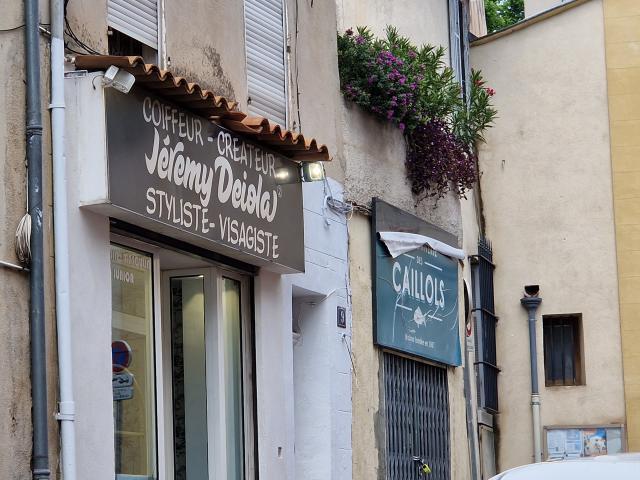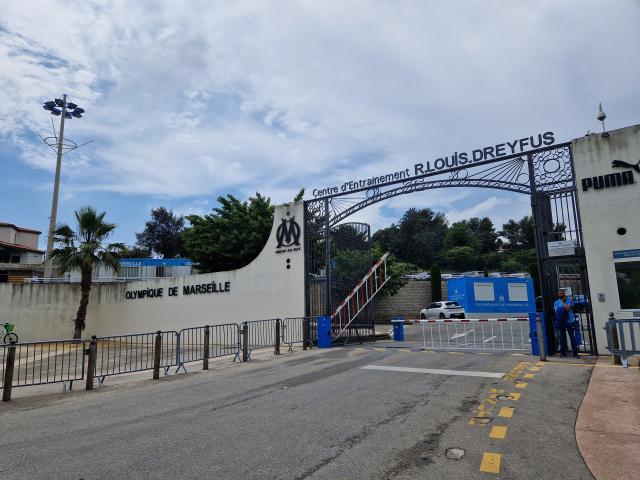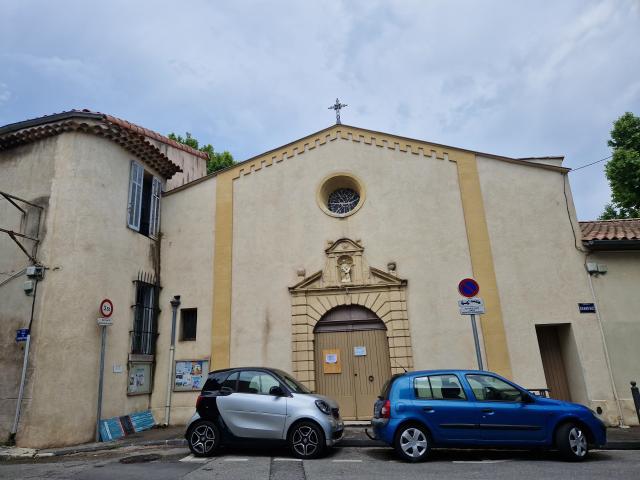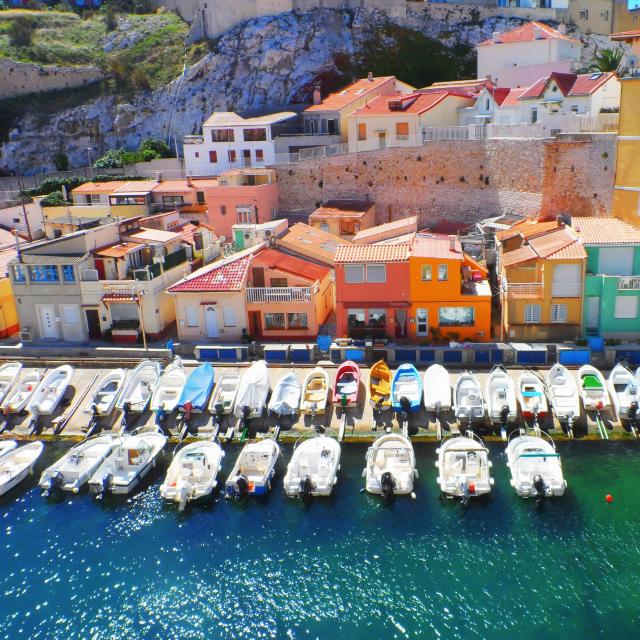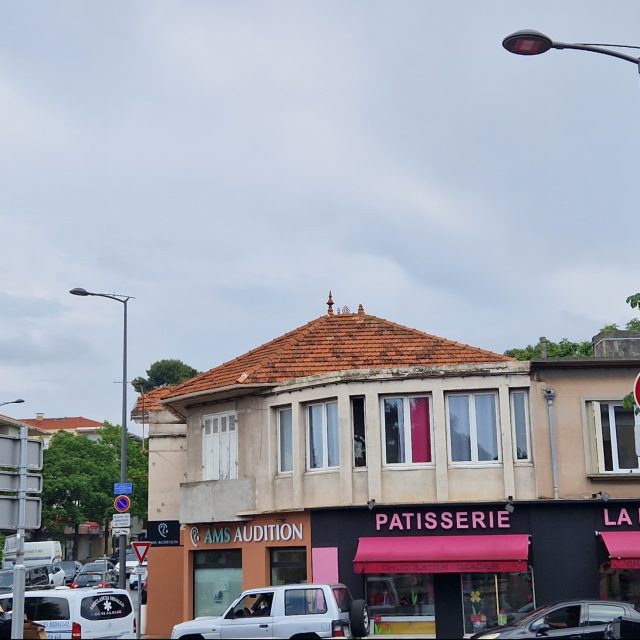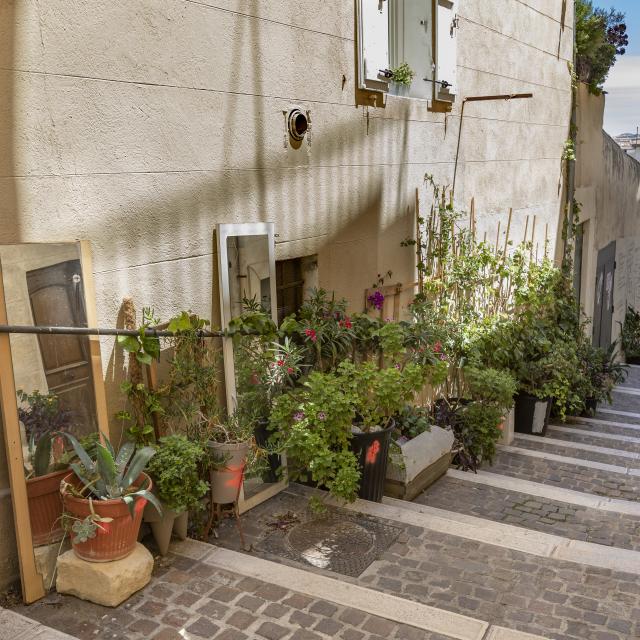A neighborhood in the 12th borough
A neighborhood bordering on La Fourragère, La Pomme and Saint-Julien in particular, Les Caillols district is located in Marseille’s 12th borough, to the east of the city. The word caillol means “stone” in Occitan. It is both a toponym and a patronym very popular in Provence.
In Marseille, there is a neighborhood in the 9th arrondissement called La Cayolle, while in Bouc-Bel-Air in the Bouches-du-Rhône, there is a hamlet called Les Caillols. In the Hautes-Alpes, there’s a commune called Saint-Michel-de-Chaillol and a hamlet called Chaillolet.
The Caillol surname is the origin of the name of this Marseille neighborhood. Two Caillol brothers bought land named Camp de Soliers in 1486. Originally, the name Caillol was given to the parish built on the brothers’ property before the district appropriated it. This is a widespread phenomenon on the outskirts of Marseille, and other neighborhoods such as Les Camoins, La Valentine or Château-Gombert owe their names to a similar process.
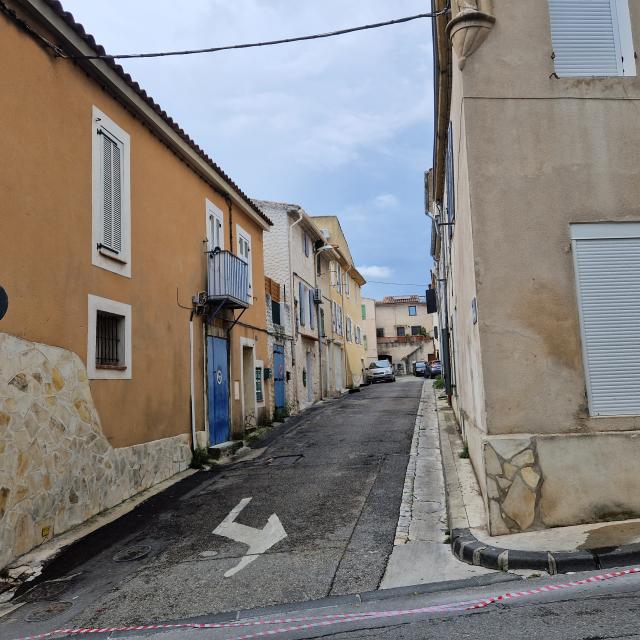 Les Caillols - Neighborhood © WG OTLCM (2)
Les Caillols - Neighborhood © WG OTLCM (2)
